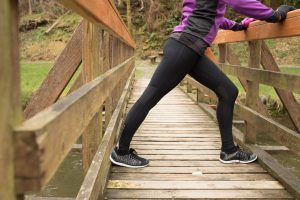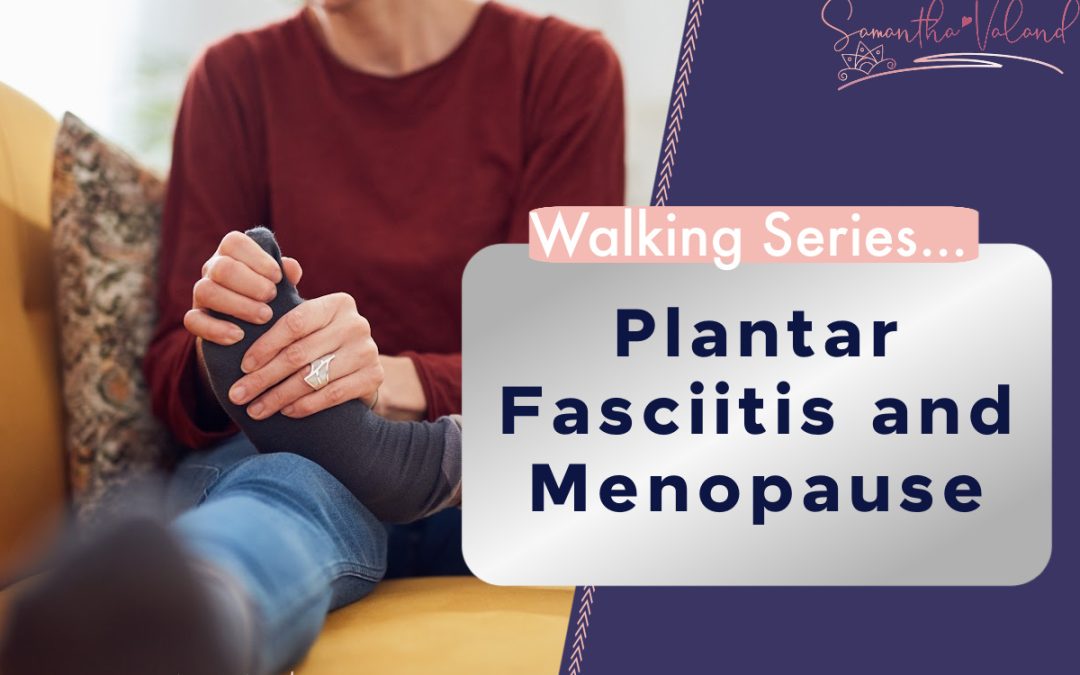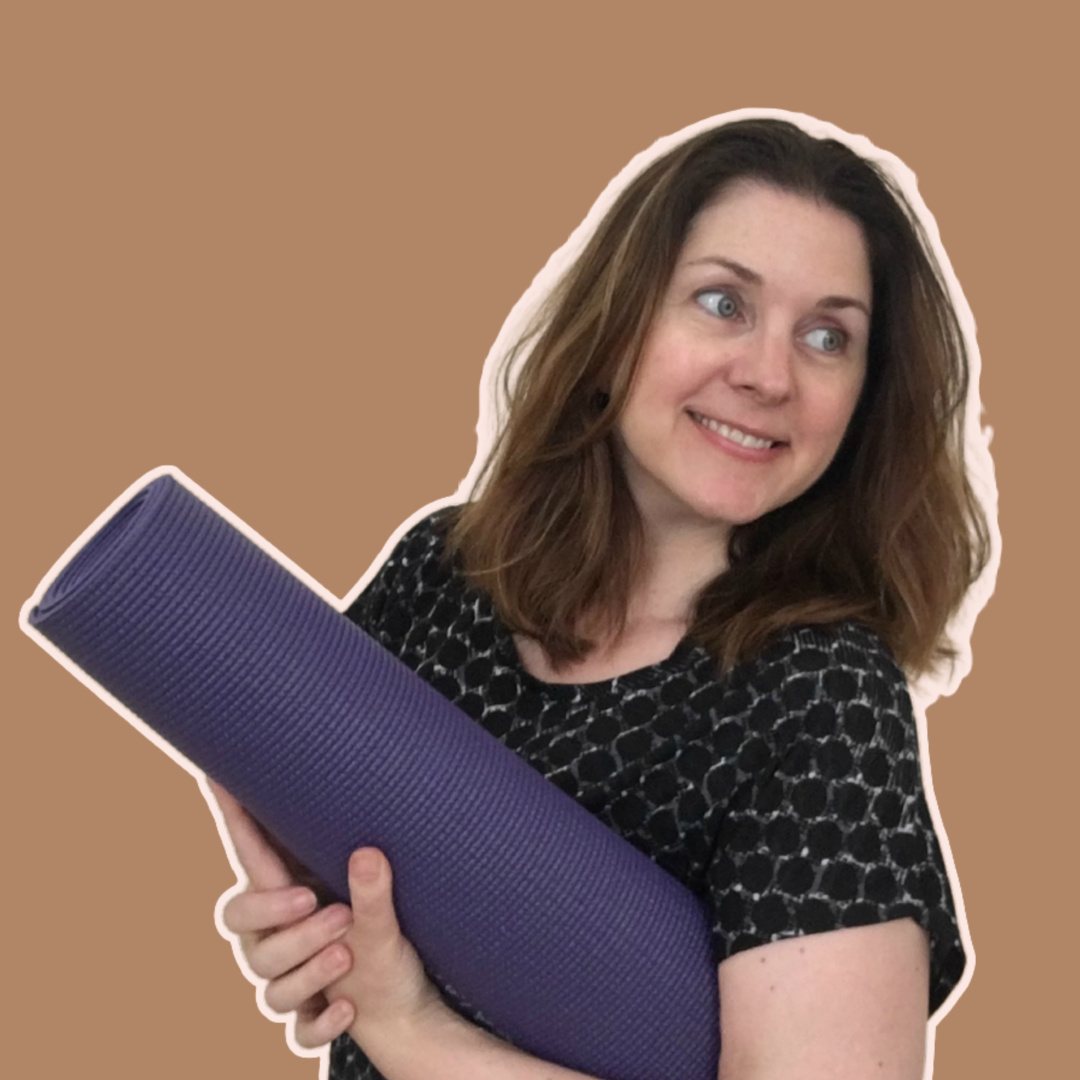Many women complain of Plantar Fasciitis during the menopause. There isn’t a lot of medical evidence as to why it happens apart from the catch all ‘lowering estrogen levels’ Which is a bit frustrating so let’s look at the non-medical ways as how you can avoid Plantar Fasciitis during menopause and beyond.
What can you control?
What is Plantar Fasciitis?
Plantar Fasciitis is fascia in your feet which connects your heel bone to your toes. Fascia is a connective tissue that sits over the muscles. Fascia was once described to me as full body tights. When it catches somewhere, you can also feel it in a different part of the body. Simplistic but a good visual!
When that fascia becomes inflamed in the foot it is called Plantar Fasciitis. It is usually painful first thing in the morning which is due to the fascia and calf muscles being lengthen again after being shortened during sleep. This is due to your toes pointing away called planta flexion.
What’s your starting point?
Most women have spent the last 50 years in shoes that are aesthetically pleasing (aka high heels) not really thinking about how it affects your posture or your muscles.
High heels cause the calf muscle, (which is the chunky muscle at the back of your lower leg) to shorten and can also squish your toes together. This affects your posture and also how you walk. Not to mention can give you bunions!
When you have exercised in the past, how much attention have you given to your feet and ankles? I think it is one of the most neglected parts of the body and as we get older bumping it up the priority list and making time to stretch and strengthen is important.

Where is your starting point? Have you mixed up your footwear over the years and feel you have good flexibility and stability in your ankle or do you know you have work to do before you start?
Read my blog on 3 ways to improve ankle mobility for some simple ways
Listen to your body
While you ‘feel’ a stiff lower back quite quickly. Some part of the body, it’s a bit harder to notice when they get tight. Your calfs and ankle joint are one of these areas. You probably won’t notice tight calfs. Perhaps an increase in night cramps? Or you try a particular movement such as a squat that feels awkward or you need your heels raised. It’s a good reason to keep mixing up your routine.
You may find exercises lying on your tum (prone) can cause cramp in your lower leg. This is also a good indicator that some work around your ankle joint is needed.
How hard can it be?
If your energy levels go down during the menopause you may have swapped your high intensity exercise classes for walking as a means of staying active. As walking is a daily activity that gets us from a to b you may not think about your footwear or about stretching afterwards when you flip it to be an exercise. How hard can it be?
Like any exercise, if you are increasing the load, which in this case may be the number of steps you take every day, you need to think of the offset and the impact on a fifty-year-old body.
Everything is connected
If you are generally feeling tight and perhaps spend a lot of time sitting, adding in a regular Hatha Yoga or Yin Yoga class may help.
Are you doing any warm up stretches before or after your walks?
If not, why not? It often comes down to mindset, going through the menopause is a massive wake up call for many women to start taking care of themselves differently, and this often needs that you need a wee bit longer warm up. You definitely can’t get away with missing out stretches after a workout regardless of how easy you think the exercises are.
What are you wearing?
Are the shoes you are wear appropriate for the surface you are going to be walking on?
Sounds obvious I know, but if you are going on a long walk or long walk for you then wearing shoes that are giving you enough support is important. Wearing flip flops is obviously the worst case but formal inflexible shoes may be just as bad.
Bare feet
Walking or exercising bare feet is a great way of strengthening your ankles and feet, take the opportunities that pop up for you to get your toes out!
If you currently have Plantar Fasciitis
Plantar Fasciitis is an umbrella term and it’s worthwhile going to a doctor or physio to find out what is specifically wrong and what you can do to help relieve it. It’s also important to ask how long it may take to heal. It can take a frustrating long length of time and you don’t want to make it longer by doing something Google recommends and it’s not the best thing for you!
Top takeaways
- Wear appropriate footwear your walks
- Mobilise your ankles beforehand – hello ankle circles
- Stretch before and after
- Mix it up and walk at home or exercise in bare feet where you can
Samantha Valand is a Pilates teacher, Yoga Instructor and Personal Trainer. Who helps women fall in love with exercising again after the menopause. You can find some inspiration over on the blog Samatha has a free newsletter and a fun way to sign up is through my 'Elements of Exercise | Post menopause Quiz' which help you figure out what type of fitness focus to set next using Elements of Exercise framework






